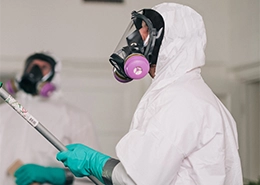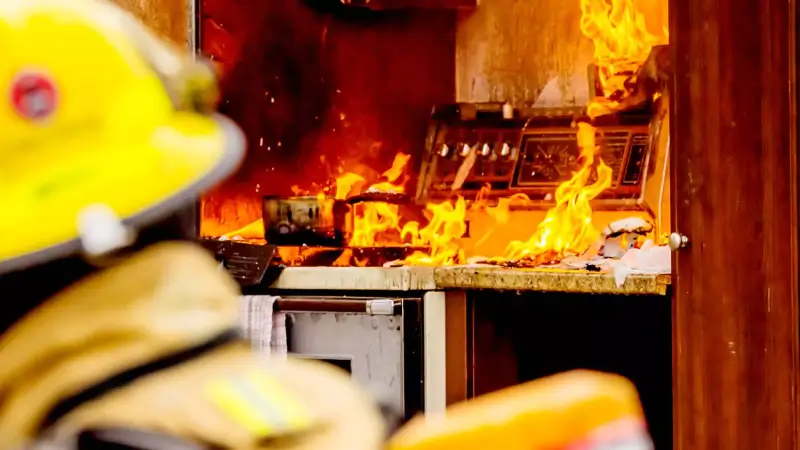Restoring property after water damage can be a complex process, but with the right steps and precautions, it can be done safely and effectively. Here are some expert tips to guide you:
First, prioritize your safety by switching off the main electrical supply before entering the property. This will help avoid any potential risks of electrocution. Additionally, be sure to wear protective gear such as gloves, boots, and masks to protect yourself from harmful contaminants in the water.
Next, remove any standing water. Depending on the severity of the damage, you can use pumps, wet vacuums, towels, and buckets to accomplish this. It's also important to properly dispose of the extracted water to prevent further issues.
After the water has been removed, it's crucial to thoroughly dry the affected areas to prevent mold and mildew growth. Open windows and doors to promote air circulation, and utilize dehumidifiers and fans to expedite the drying process.
Once the property is dry, it's essential to assess and document the damage. Taking detailed photographs or videos of each affected area will provide evidence for insurance purposes. Consulting with professionals, such as water damage restoration companies, will help determine the extent of the damage and provide expert advice on the necessary repairs and replacements.
Finally, prioritize the repair work. Begin with structural repairs to ensure the stability and safety of the property. This may involve fixing or replacing damaged walls, floors, or ceilings. Then, focus on repairing or replacing damaged electrical and plumbing systems. Hire licensed professionals for these tasks to ensure the work meets safety standards and regulations.
Throughout the restoration process, it's important to maintain open communication with your insurance provider and stay organized by keeping track of all receipts, documents, and communication related to the restoration process.






.webp)

.webp)